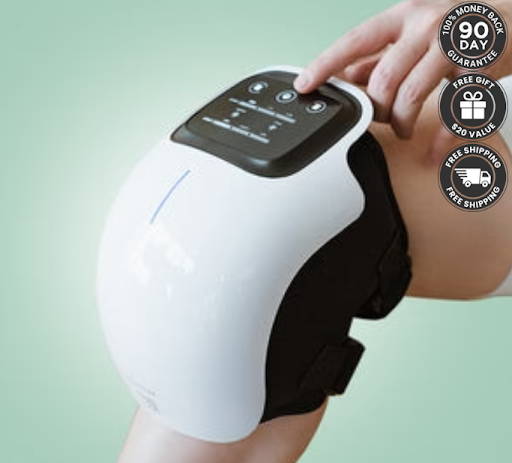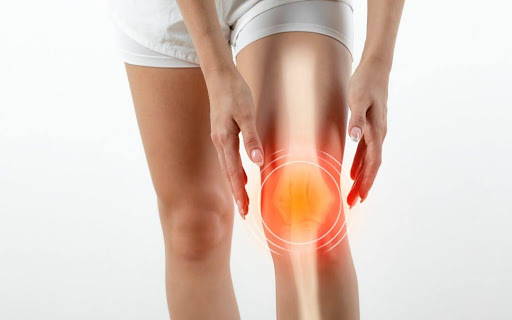

By Dr. Jeremy Campbell,
Licensed Doctor of Physical Therapy
It's fascinating how life seems to split us into two groups - those constantly grappling with 'bad knees' and those with healthy, pain-free knees.
Once knee pain enters your life, it often feels like a permanent, unwelcome guest.
Regardless of its origin - an injury, exercise, increased workload, or the simple passage of time - knee pain can be stubborn.
In this article, we will explore why knee pain seems to stick forever and possible knee pain solutions you could try at home.
But first, let's understand why your knees hurt in the first place.
Common Causes of Knee Pain
You see, knee pain is a language through which your body communicates issues within.
The causes can be as varied as the individuals experiencing them:
1. One of the most common culprits is arthritis, particularly osteoarthritis. This condition is akin to natural wear and tear. Imagine it as your knees enduring the brunt of a lifetime of movement and stress.
2. Then there are injuries – a twisted ligament, a strained muscle, or a fractured bone can all lead to acute, often severe knee pain.
Overuse is another factor, particularly in athletes or those with physically demanding jobs. Repetitive motion or constant strain can gradually wear down the knee's resilience.
3. Obesity also plays a significant role. The knees bear the weight of our bodies, and every extra pound adds to their burden, increasing the risk of pain and damage.
4. Lastly, age is an undeniable factor. Like an old hinge, our joints, including the knees, wear down over time, losing their cushioning and flexibility.
Why It’s Hard For You To Find Relief
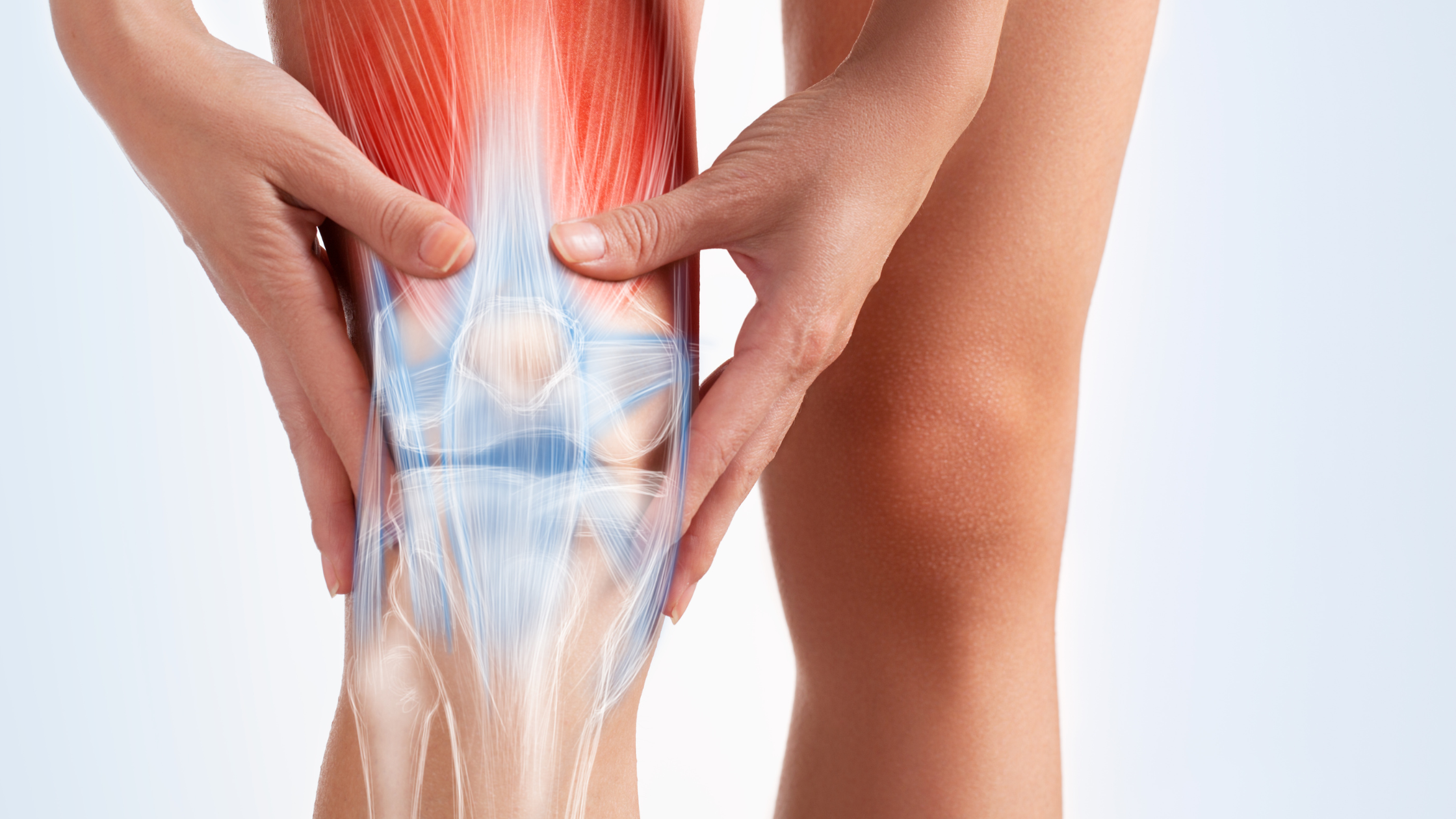
Ever wonder why, unlike a cold, knee pain doesn’t just 'go away'?
The answer lies in the nature of our knees and our lifestyles.
Unlike many other body parts, our knees are in almost constant use.
Every step, every bend, every time we sit down or stand up, our knees are at work.
This continual motion can hinder the healing process, especially if the knee is already compromised.
Our knees also lack the regenerative abilities of other body parts.
Once knee cartilage is damaged, for instance, it doesn't heal or regenerate efficiently.
This limitation can make recovery a slow and sometimes incomplete process.
Adding to this, the ongoing stress and strain we subject our knees to can exacerbate existing conditions and hinder recovery.
And finally, our lifestyle choices can either support or hinder our knee health.
A lack of regular exercise, poor dietary habits, and inadequate rest can all contribute to prolonged knee pain.
At-Home Knee Pain Solutions
Although managing knee pain can be challenging and enduring, there are effective strategies you can adopt to ease it without spending a fortune or constantly visiting medical professionals.
1. Exercise
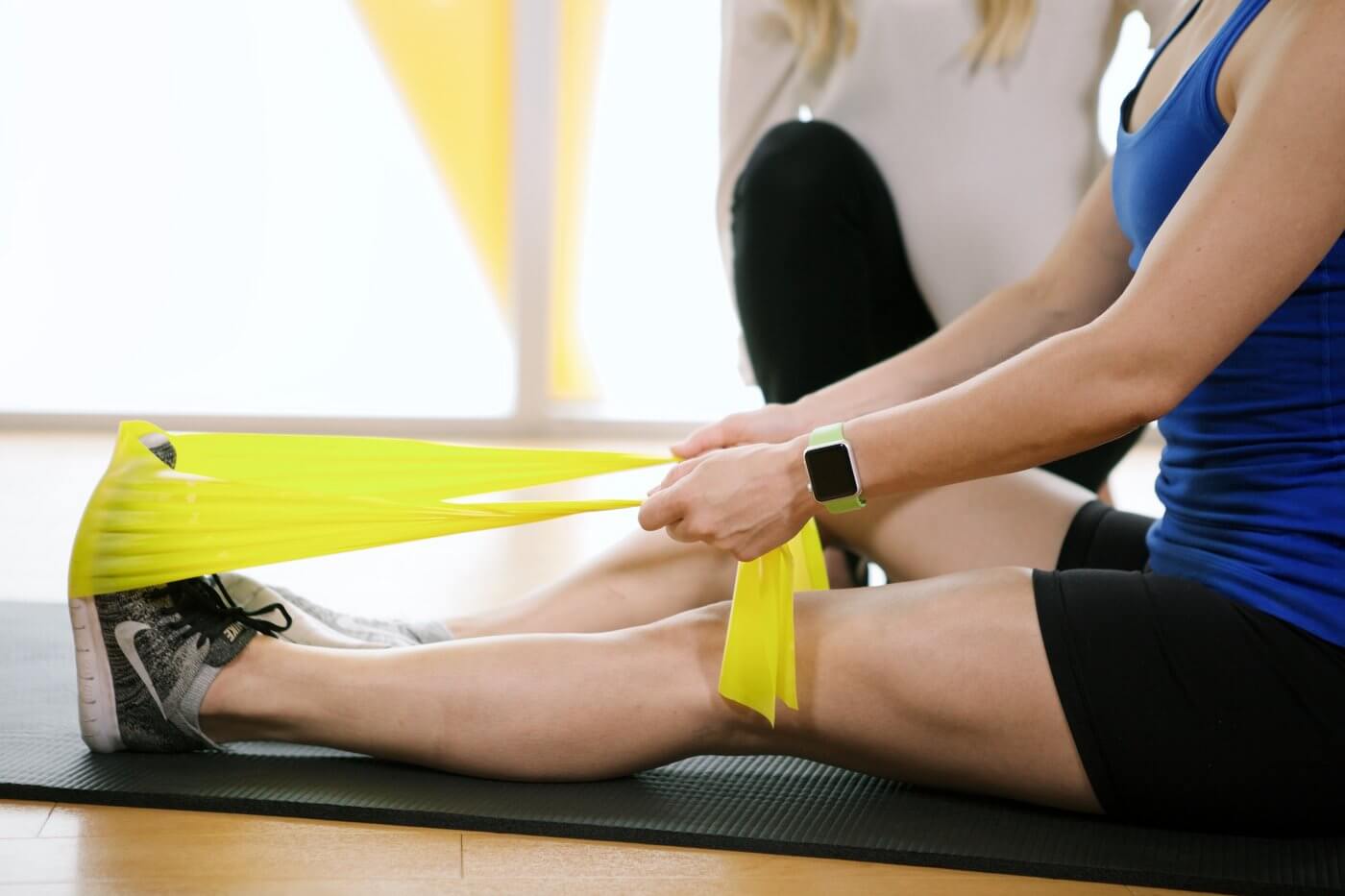
Engaging in gentle, low-impact exercises such as swimming or cycling is beneficial for knee health.
These activities strengthen the muscles around the knee, like the quadriceps and hamstrings, without putting excessive strain on the knee joint itself.
Stronger muscles provide better stability and support to the knee, reducing the risk of injury and alleviating pain by distributing the mechanical load more effectively.
2. Diet

Adding foods rich in Omega-3 fatty acids, such as salmon, mackerel, and flaxseeds, can help reduce inflammation in the body, including the knees.
Similarly, spices like turmeric contain curcumin, a compound known for its potent anti-inflammatory and antioxidant properties.
A diet with these elements can aid in reducing joint pain and stiffness, contributing to overall joint health.
3. Weight Management
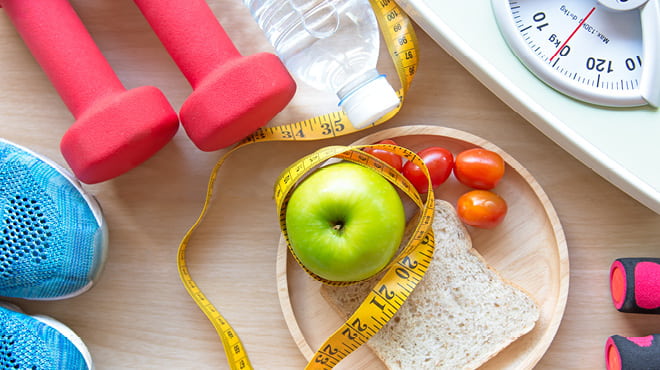
Managing body weight is crucial for knee health.
4. Rest and Ice
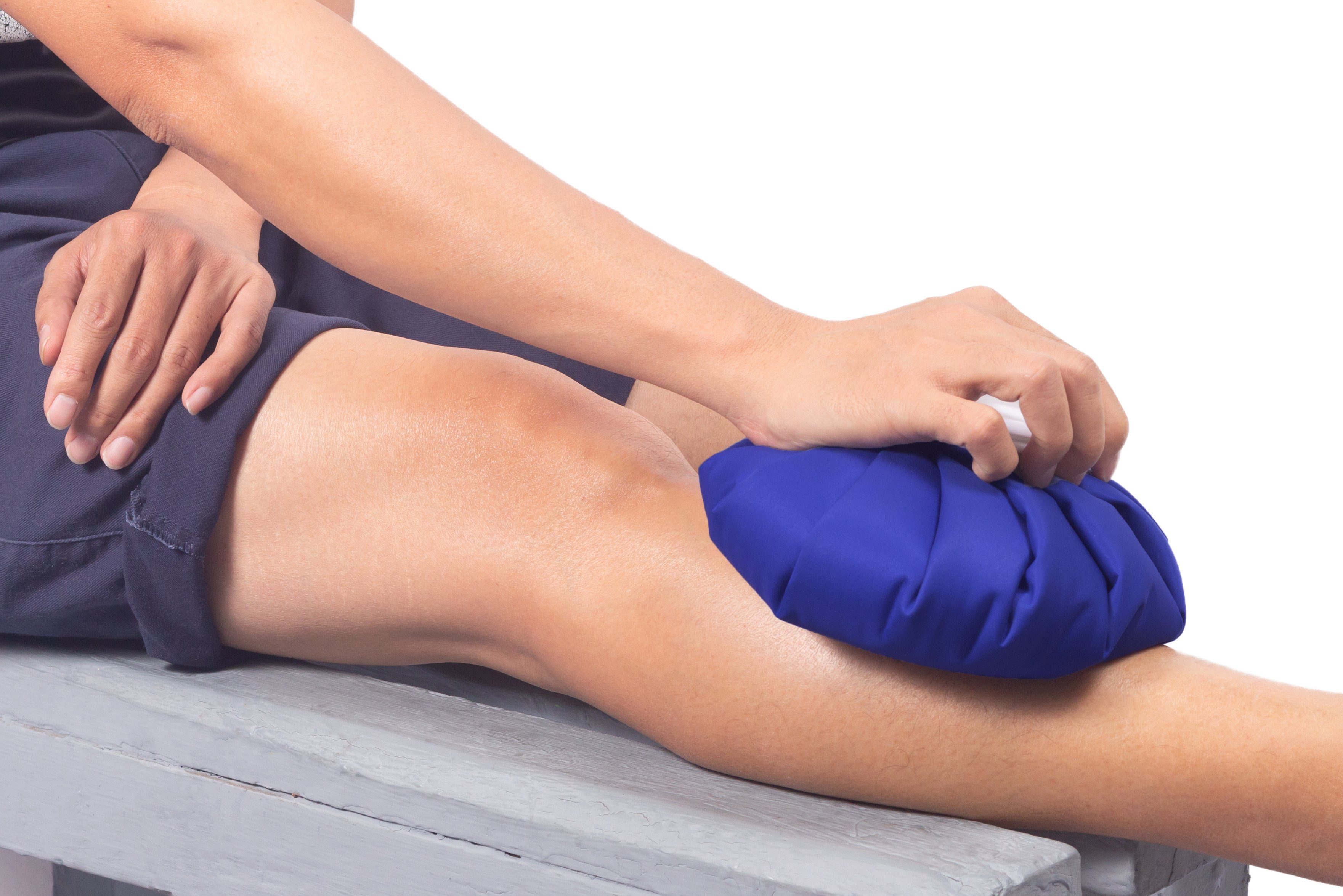
In Conclusion



